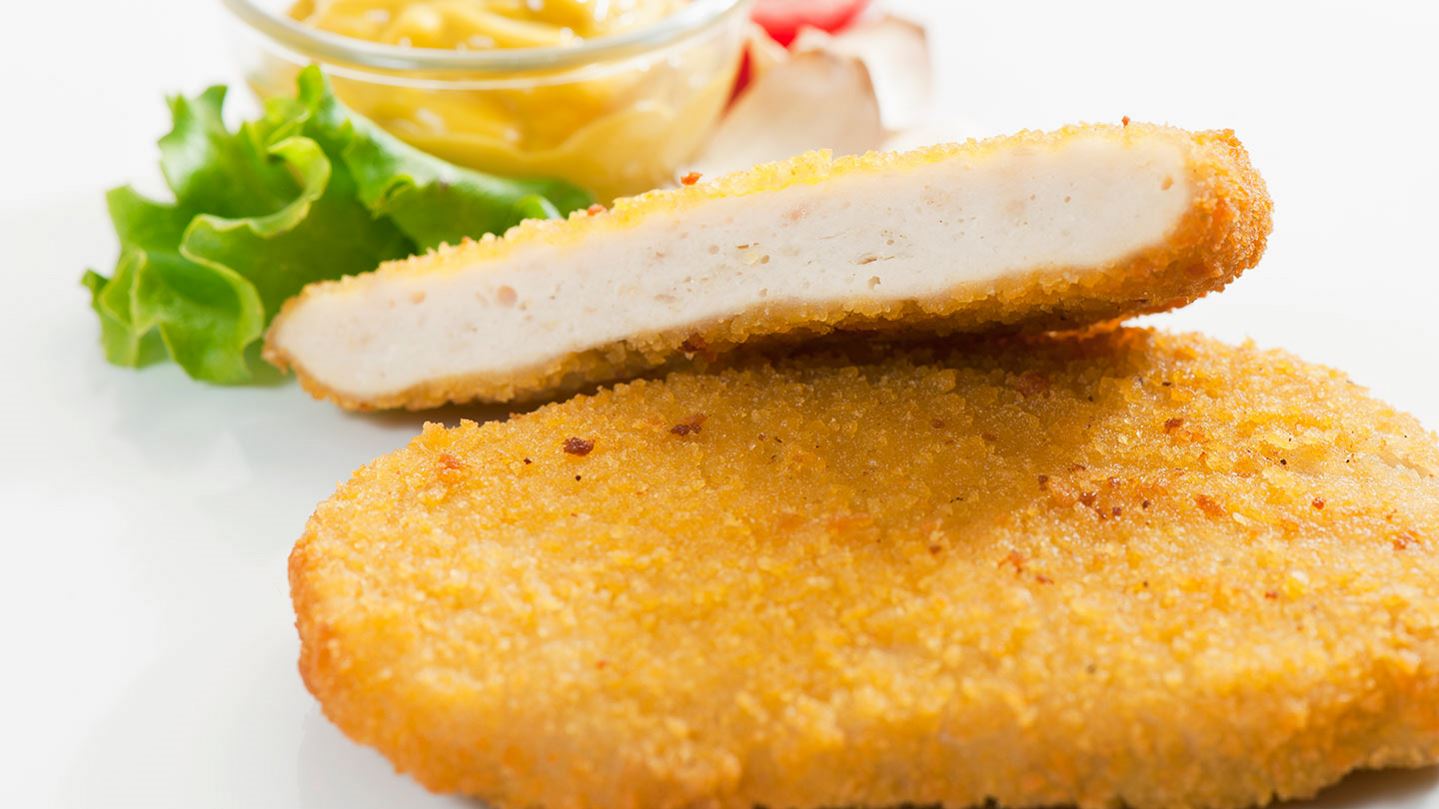
Prepared or Combination Products
Food items: Battered Fish, Battered Meats, Battered Poultry, Battered Seafood, Bouchée, Breaded Fish, Breaded Meats, Breaded Poultry, Breaded Seafood, Burritos, Enchiladas, Falafels, Filled Crêpes, Filled Pancakes, Filled Rolls, Pasta containing Fish, Pies containing Fish, Kebabs, Pasta containing Meat, Pies containing Meat, Omelettes, Pasties, Pâtés en Croûtes, Pizzas, Pasta containing Poultry, Pies containing Poultry, Roule au Fromage, Quiche, Sandwiches, Satays, Sausage Rolls, Pasta containing Seafood, Pies containing Seafood, Soufflés, Spring Rolls, Stuffed Pitta Bread, Tacos, Tostadas, Vol au Vents, other items
Recommended gas mixture
30-50% CO2
50-70% N2
The gases and mixtures listed above are for general guidance. To identify the optimum gas for your product and process, we recommend you undertake a product trial, with the help of an Air Products MAP gas specialist.
Storage temperature
Legal maximum*: 8° C
Recommended: 0° C to +3° C
Achievable shelf-life
In air: 2-7 days
In MAP: 3-21 days
Principle spoilage organisms and mechanics
Pseudomonas species (in air), Brochothrix
species, Lactic acid bacteria,
Enterobacteriaceae, yeasts and moulds.
Food poisoning hazards include
Clostridium species, Salmonella species,
Staphylococcus aureus, Listeria
monocytogenes, Bacillus species, E.coli and E.coli 0157.
Typical MAP machines
Retail
TFFS – Thermoform-fill-seal
PTLF – Preformed tray and lidding film
HFFS – Horizontal form-fill-seal
Typical types of package
Retail: Tray and lidding film, Tray inside pillow pack, pillow pack
Examples of typical MAP materials
Retail
Tray:
• UPVC/PE
• HDPE
• EPS/EVOH/PE
Lidding and/or pillow pack film:
• PET/PVdC/PE
• PA/PVdC/PE
• PC/EVOH/EVA
• MPET
• MOPP
• OPP/PVdC
Combination products are made up of two or more different food components. Due to the vast differences in the intrinsic properties of these products and the interactions between separate components in the same food product, only generalisations regarding spoilage mechanisms, possible food poisoning hazards, achievable shelf-lives, and gas mixtures can be made.
Food manufacturers considering using MAP for such products must carry out detailed shelf-life evaluations to determine the optimal gas mixture, spoilage mechanisms, etc. The principal spoilage mechanisms likely to affect combination products are microbial growth and oxidative rancidity. CO2/N2 gas mixtures are recommended to effectively inhibit microbial spoilage and rancidity development and hence significantly extend shelf-life. Staling is a problem for bakery combination products and MAP appears to have little effect on the rate of staling. Consequently, shelf-life extensions under MAP for cold-eating bakery combination products are only marginal. Moisture migration between different components of certain combination products is also a spoilage mechanism which is unaffected by MAP.
It should be noted that many combination products are cooked products or contain cooked ingredients. Consequently, the possible food poisoning hazards associated with these types of products are primarily due to post-cooking and/or post-packaging contamination. These food poisoning hazards can be minimised by adequate cooking and maintenance of recommended chilled temperatures and good hygiene and handling practices.
* The Food Safety (Temperature Control) regulations 1995 states that the maximum Storage temperature for chilled perishable foods is 8°C. There will be flexibility to vary this when scientifically justified. For legal temperature storage requirements, please contact the Campden BRI.